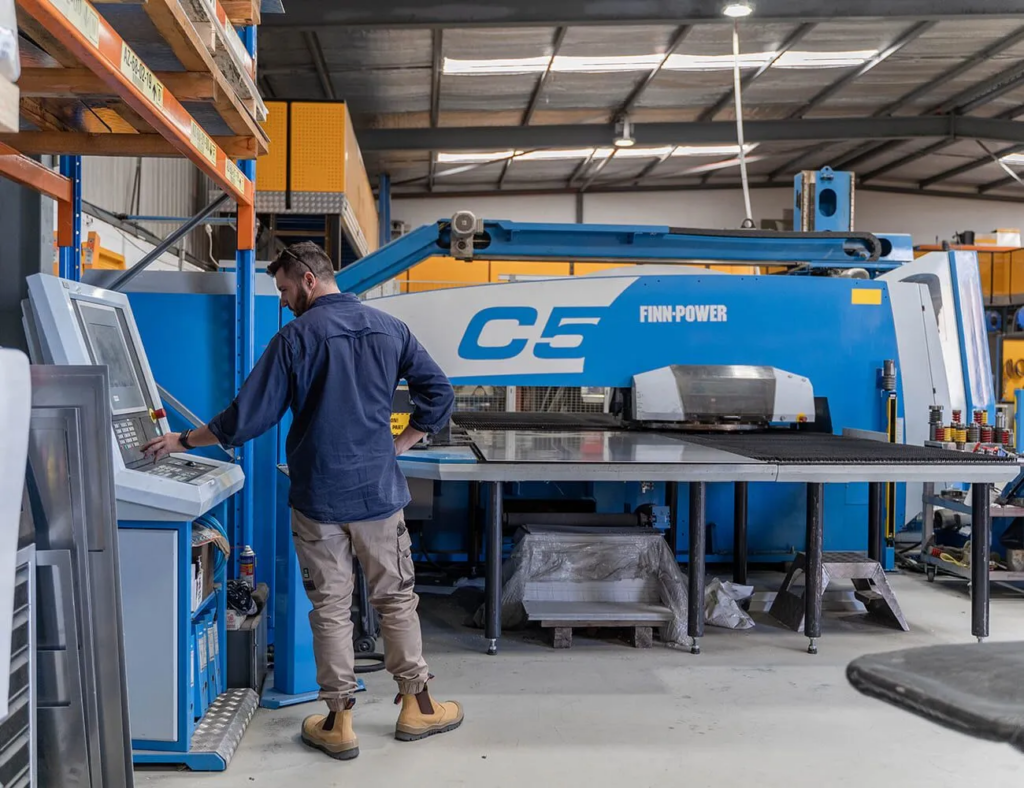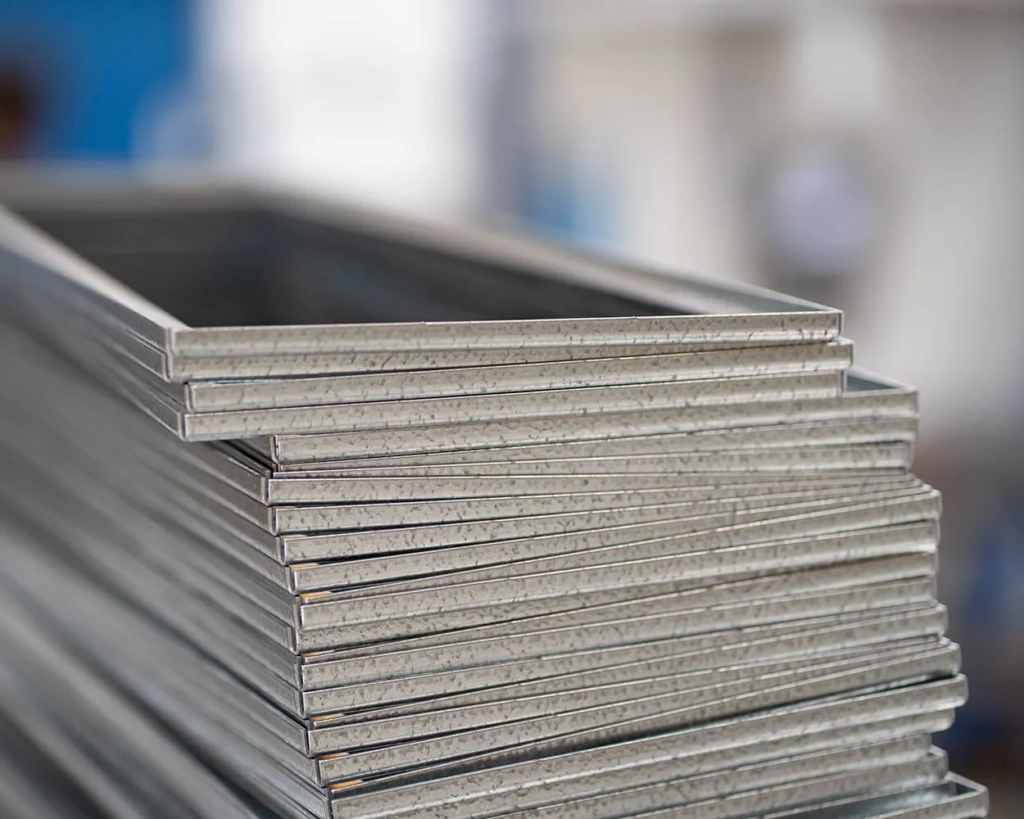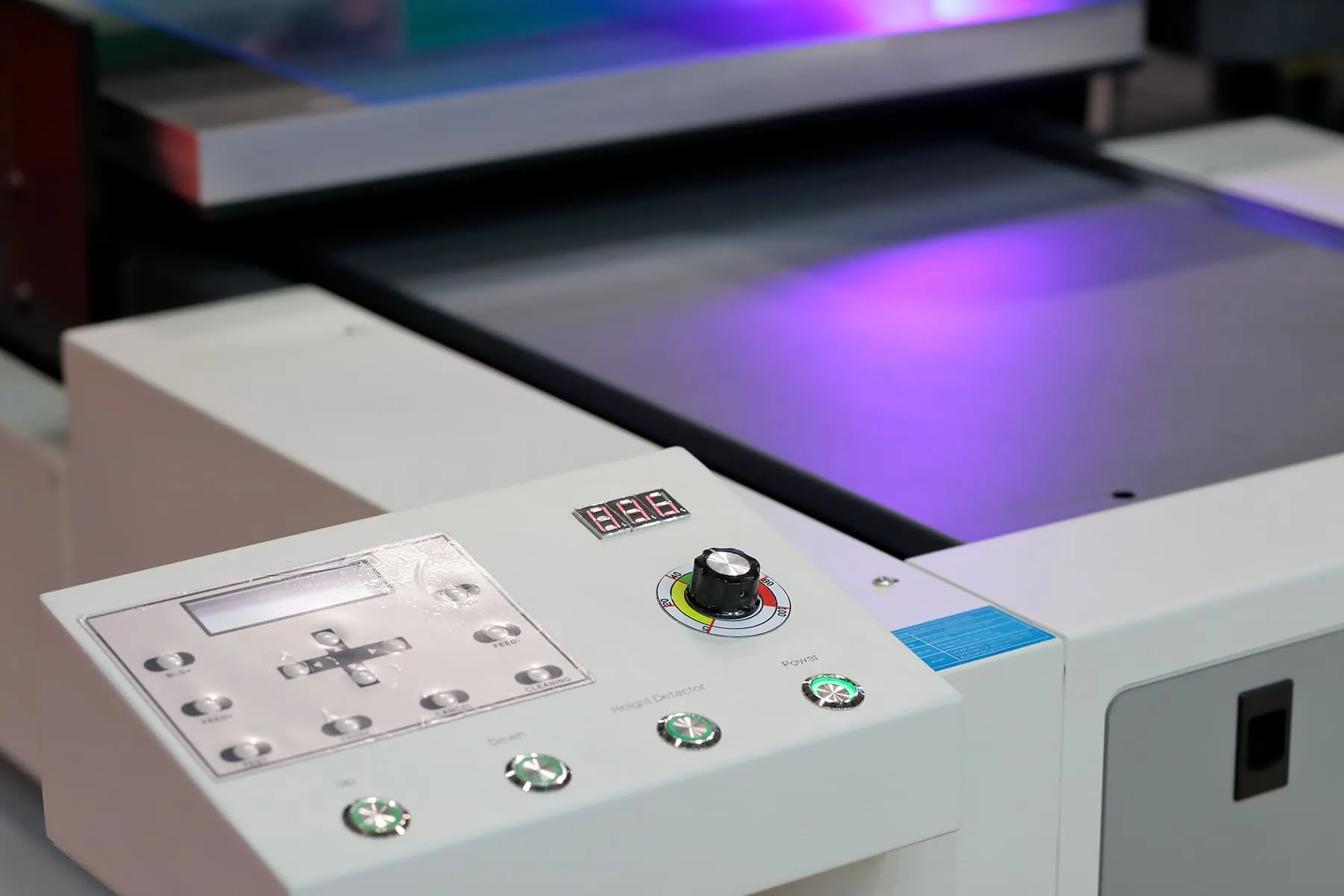Aluminium stands as a cornerstone in various industries, from construction and transportation to packaging. Its lightweight, durable, and versatile nature makes it indispensable. However, traditional aluminium production is notoriously energy-intensive, contributing significantly to global carbon emissions.
Recognising the need for a sustainable shift, Australia has introduced the Green Aluminium Production Credit. This initiative aims to revolutionise the aluminium industry by promoting eco-friendly production methods, thereby positioning Australia as a leader in green metal manufacturing.
Understanding the Green Aluminium Production Credit
The Green Aluminium Production Credit is a government-backed incentive designed to encourage domestic manufacturers to produce aluminium using renewable energy and low-carbon processes. By offering financial incentives, the scheme aims to reduce reliance on fossil fuels and support the transition to sustainable production methods. This aligns with Australia’s broader commitment to achieving net-zero emissions and strengthens the country’s position in the global green economy.

Boosting Local Manufacturing
One of the primary benefits of the Green Aluminium Production Credit is its potential to revitalise Australia’s local manufacturing sector. Historically, aluminium production has been dominated by countries with access to inexpensive, fossil-fuel-powered energy. This credit helps level the playing field by reducing the cost barriers associated with clean energy investments, making Australian-made aluminium more competitive on the global stage.
Reducing Carbon Emissions
Traditional aluminium smelting is among the most carbon-intensive industrial processes, primarily due to the high energy demands of electrolysis and the use of carbon anodes. By incentivising the use of renewable energy sources, such as hydropower and solar energy, the Green Aluminium Production Credit aims to significantly reduce the industry’s carbon footprint. This transition not only addresses environmental concerns but also meets the growing global demand for sustainably produced materials.
Strengthening Supply Chains
A robust domestic aluminium industry enhances the resilience of Australia’s supply chains. Sourcing aluminium locally reduces dependence on imports, mitigates risks associated with global supply chain disruptions, and creates local employment opportunities. With the support of the Green Aluminium Production Credit, industries reliant on aluminium—including automotive, aerospace, and construction—can benefit from stable pricing and increased sustainability.
Advancing Renewable Energy Integration
Aluminium production requires substantial amounts of electricity. The Green Aluminium Production Credit encourages companies to transition from coal-powered energy to renewable sources. This shift not only reduces emissions but also contributes to the broader adoption of clean energy technologies across Australia. By integrating renewable energy into industrial processes, the nation moves closer to its environmental goals while fostering innovation in the energy sector.
Encouraging Recycling and Circular Economy Practices
Recycling aluminium consumes up to 95% less energy than primary production. The Green Aluminium Production Credit motivates manufacturers to invest in recycling technologies, promoting a circular economy where aluminium products are reused and repurposed rather than discarded. This approach conserves natural resources, reduces waste, and aligns with global sustainability trends.
Economic Implications
The introduction of the Green Aluminium Production Credit is poised to have significant economic impacts:
- Job Creation: Transitioning to green aluminium production is expected to generate employment opportunities in manufacturing, renewable energy sectors, and associated supply chains.
- Investment Attraction: Financial incentives make Australia an attractive destination for both local and international investors interested in sustainable industries.
- Market Competitiveness: Producing green aluminium enhances Australia’s competitiveness in markets where consumers and businesses are increasingly prioritising environmentally friendly products.

Challenges and Considerations
While the Green Aluminium Production Credit offers numerous benefits, several challenges must be addressed:
- Infrastructure Development: Upgrading existing facilities to accommodate renewable energy sources requires substantial investment and planning.
- Technological Advancements: Continuous research and development are necessary to improve the efficiency and cost-effectiveness of green aluminium production technologies.
- Policy Support: Ongoing government support through favourable policies and regulations is crucial to sustain the momentum of this green transition.
Conclusion
The Green Aluminium Production Credit represents a pivotal step in transforming Australia’s aluminium industry towards sustainability. By incentivising the adoption of renewable energy and low-carbon processes, this initiative not only addresses environmental concerns but also bolsters local manufacturing, strengthens supply chains, and enhances economic resilience.
As global demand shifts towards greener products, Australia’s proactive approach positions it as a frontrunner in the sustainable metals market, paving the way for a cleaner and more prosperous future. This will then have a cascade effect on the rest of the world, making the Australian aluminium market more competitive.













